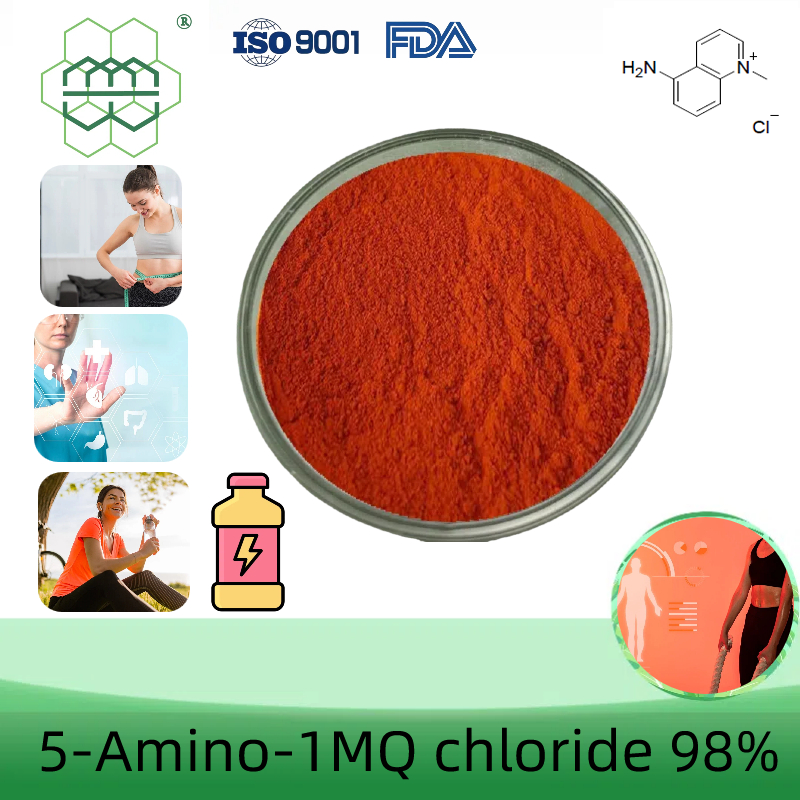-
Categories
-
Pharmaceutical Intermediates
-
Active Pharmaceutical Ingredients
-
Food Additives
- Industrial Coatings
- Agrochemicals
- Dyes and Pigments
- Surfactant
- Flavors and Fragrances
- Chemical Reagents
- Catalyst and Auxiliary
- Natural Products
- Inorganic Chemistry
-
Organic Chemistry
-
Biochemical Engineering
- Analytical Chemistry
-
Cosmetic Ingredient
- Water Treatment Chemical
-
Pharmaceutical Intermediates
Promotion
ECHEMI Mall
Wholesale
Weekly Price
Exhibition
News
-
Trade Service
17 (Yonhap) -- According to a report released by the Korea Agriculture, Fisheries and Food Distribution Agency (aT) on October 17, South Koreans eat instant noodles an average of 1.
7 times a week, and the most
people eat lunch at noon.
The commune conducted a questionnaire survey
for a total of 500 people aged 15~65 who had instant noodle consumption experience last year.
The results showed that the average frequency of instant noodles consumed by respondents was 1.
7 times per week, 1.
8 times for men and 1.
5 times
for women.
In terms of age groups, male respondents aged 20~29 and 50~59 most often eat, each averaging 2 times a week; Among female respondents, 30~39 years old and 40~49 years old most often eat, 1.
6 times
each.
for a total of 500 people aged 15~65 who had instant noodle consumption experience last year.
The results showed that the average frequency of instant noodles consumed by respondents was 1.
7 times per week, 1.
8 times for men and 1.
5 times
for women.
In terms of age groups, male respondents aged 20~29 and 50~59 most often eat, each averaging 2 times a week; Among female respondents, 30~39 years old and 40~49 years old most often eat, 1.
6 times
each.
In terms of the time of consumption of instant noodles (multiple choices are available), the largest proportion of respondents ate lunch at 58.
2%, followed by dinner (43.
2%), lunch (26.
8%), different circumstances (20%), late night snack (19.
4%), and breakfast (10.
8%)
.
2%, followed by dinner (43.
2%), lunch (26.
8%), different circumstances (20%), late night snack (19.
4%), and breakfast (10.
8%)
.
For instant noodle product satisfaction, consumers have an average satisfaction score of 3.
9 out of 5, with women (3.
95) higher than men (3.
85).
9 out of 5, with women (3.
95) higher than men (3.
85).
Based on last year's Nongshim, Tumbler, Samyang Foods and Badao Four instant noodle manufacturers, the size of the Korean instant noodle consumption market decreased by 6.
7% year-on-year to 2.
01 trillion won (about 10.
055 billion yuan).
Nongshim led by 49.
5% in terms of market share among manufacturers, followed by Tumbler (26.
4%), Samyang Foods (10.
2%), and Badao (8.
2%)
.
7% year-on-year to 2.
01 trillion won (about 10.
055 billion yuan).
Nongshim led by 49.
5% in terms of market share among manufacturers, followed by Tumbler (26.
4%), Samyang Foods (10.
2%), and Badao (8.
2%)
.
Last year, South Korea's instant noodle exports increased by 11.
7% year-on-year to US$670 million
.
Exports have been growing for seven consecutive years since 2015 and have set new records
every year.
In terms of export targets, exports to Chinese mainland accounted for the most, accounting for 22.
2%, followed by the United States (12%), Japan (9.
7%), Taiwan (4.
7%), Thailand (4.
4%), the Philippines (4.
2%), and Malaysia (4.
1%)
.
In addition, last year's import value soared by 118.
8% year-on-year to 10.
24 million US dollars
.
(End)
7% year-on-year to US$670 million
.
Exports have been growing for seven consecutive years since 2015 and have set new records
every year.
In terms of export targets, exports to Chinese mainland accounted for the most, accounting for 22.
2%, followed by the United States (12%), Japan (9.
7%), Taiwan (4.
7%), Thailand (4.
4%), the Philippines (4.
2%), and Malaysia (4.
1%)
.
In addition, last year's import value soared by 118.
8% year-on-year to 10.
24 million US dollars
.
(End)







